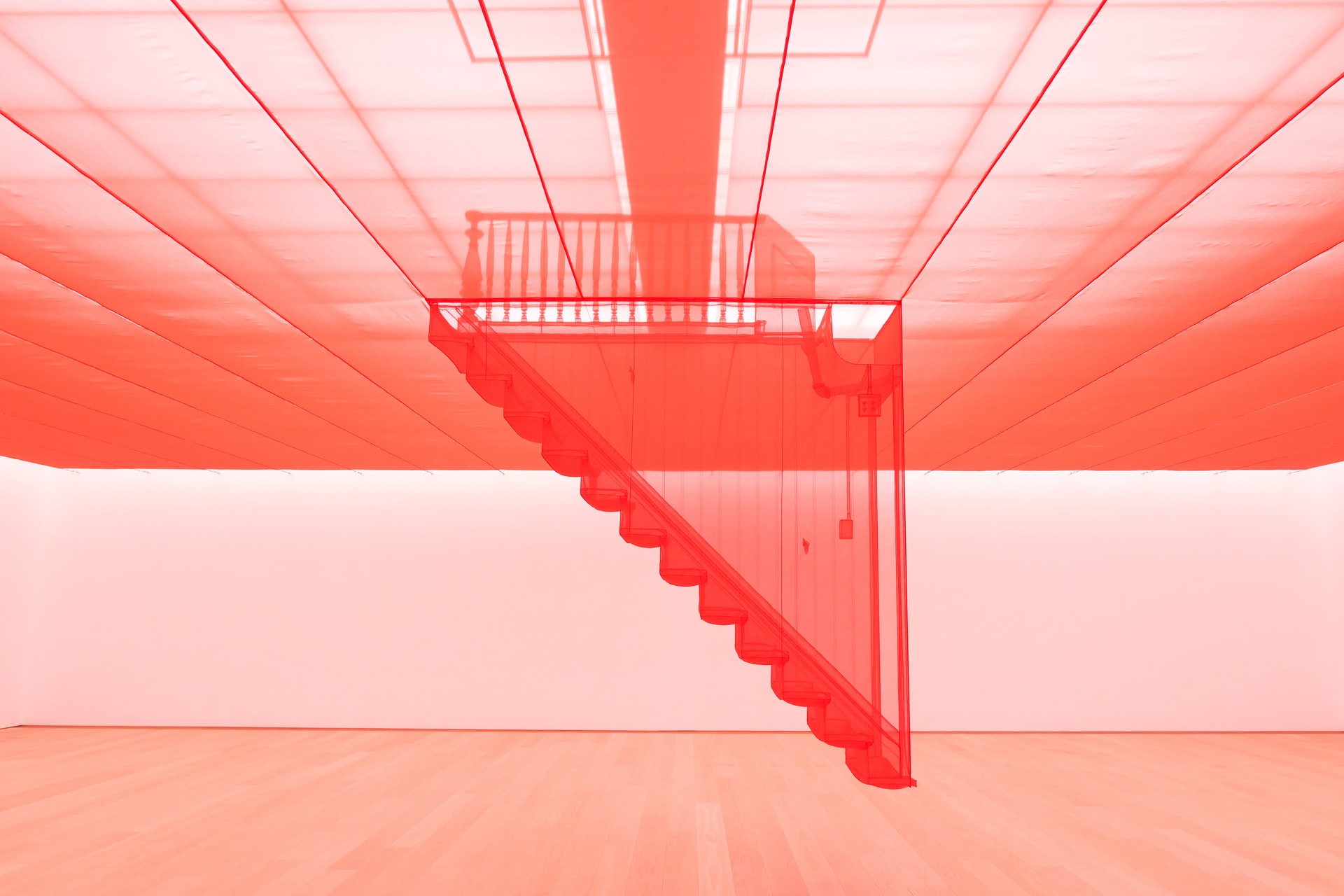This blog is the final part of a three-part series ([Part One]({% post_url vvenkat/2016-04-06-new-business-models-in-lighting %}), [Part Two]({% post_url vvenkat/2016-04-13-harnessing-the-pole-position %})) focused on how the revolution of LED lighting technology is forcing an evolution in the way we view light.
Services inside an office building are largely isolated and independent now. Heating and cooling of the building is independent from lighting or window maintenance. IT managers seldom have to interact with refrigeration service people.
The move to smart buildings to save energy, increase productivity and improve occupant experience is bringing convergence to all these. Sensors embedded in lighting can identify whether a room is vacant and dim the light, simultaneously fine-tuning the room heater, lowering the window blinds and locking the door—all enabled by the ethernet backbone of the office. We are migrating to complex, interlinked workspaces. Building infrastructure and services need to be viewed in this new light.
Intelligent and adaptive lighting is expensive. Although the initial cost is higher, the total cost of ownership throughout the product life cycle is lower—as LED lighting products are anticipated to last 20 years or more. How do you plan your office lighting? Do you go with the present technology or plan for growth and anticipated changes in needs five years from now? Do you overdo and overpay now to accommodate a perceived future demand? How do you forecast in a technology world such as lighting that is leapfrogging everyday?
The answer, it seems, is fairly straightforward. You may no longer buy lighting products for buildings, but may engage a service provider. The Lighting As A service (LAAS) model comes with no upfront cost, no product ownership and no demand change or end of life cycle worries. A provider does baseline energy and usage audits and installs the necessary lighting services. Just as you move to a higher data plan when you start streaming movies, you will order improved lighting services as demand arises.
The cost in migrating to LAAS, as companies like Digital Lumens and Enlighten claim, is anticipated to be less than what you pay now for stand-alone lighting. You get a smart light that integrates and interoperates with other building infrastructure and effortlessly scales as demand arises or technology improves. With savings through energy reduction largely offsetting service cost, it makes no sense to delay migration to smart lighting services, Enlighten claims.
The LAAS model also addresses another important issue. With fairly long-lived products, how do you reuse, recycle or repurpose the troffers and downlights you purchased, if you change your mind in three years. While upgrading your services, your LAAS provider can simply reuse replaced products in another project.
Originally publsihed as a blog for Impact Centre, University of Toronto
